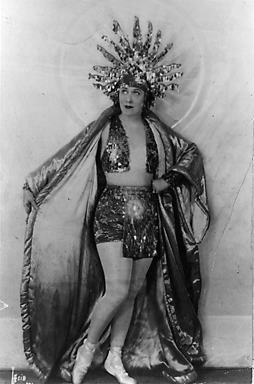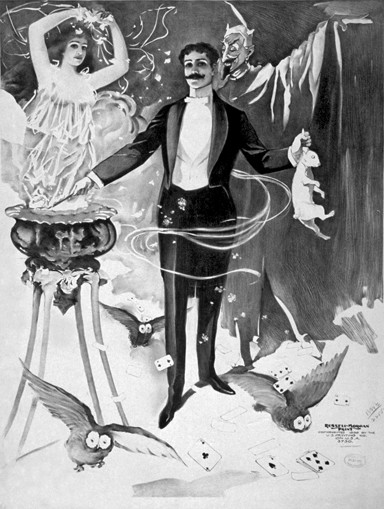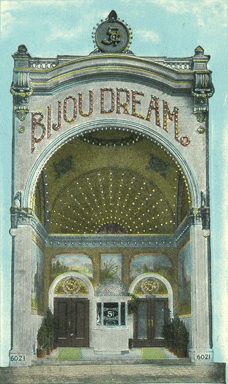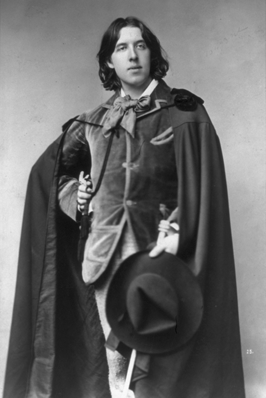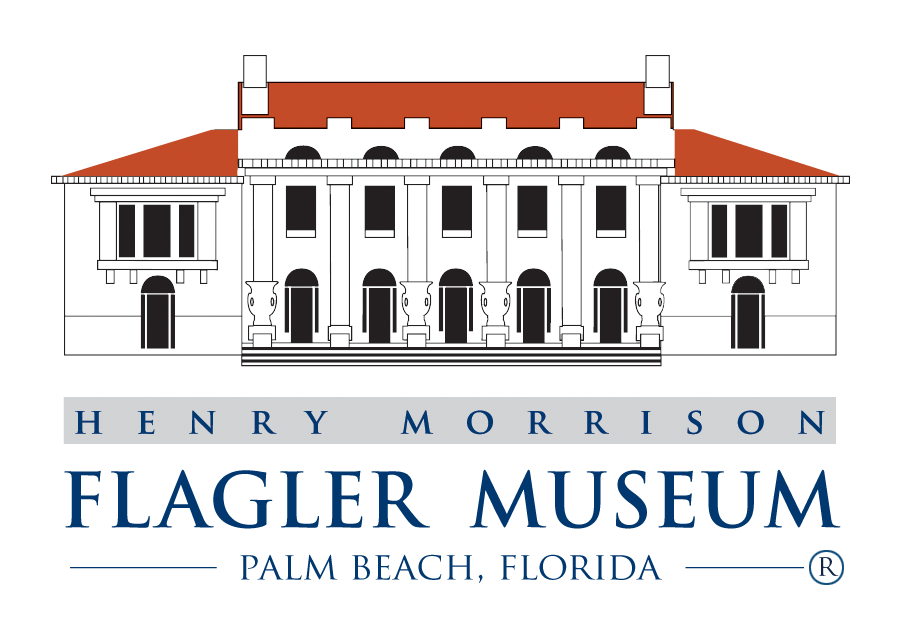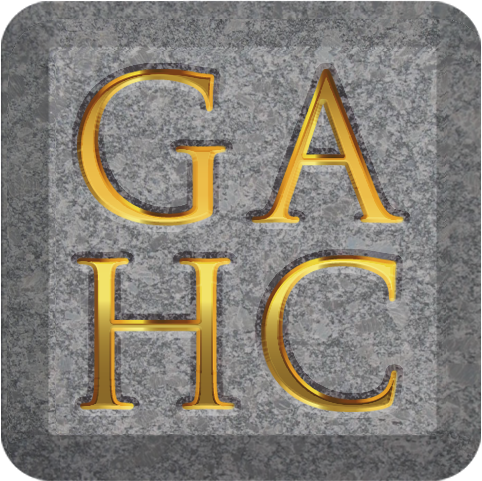The 25th Annual Whitehall Lecture Series brings experts and best-selling authors to discuss the colorful history of Popular Entertainment During the Gilded Age. From theme park dreamers to imaginative magicians of stage and light, entertainment during the Gilded Age set the stage for contemporary amusement. A book signing follows each lecture. Patrons who purchase a series ticket will also receive a bound copy of the Whitehall Lecture Series Essays.
The Kid of Coney Island: The Rise of American Amusement Parks
By Woody Register
February 7, 2010, 3:00 p.m.
In the late 19th century, when men were supposed to be men at home, at work and in war, visionary entrepreneur Fred Thompson developed a playground to “let ‘em be kids.” Amid shifting conceptions of gender, race, and class, Thompson built Luna Park in 1903 and transformed Coney Island from a tawdry “Sodom by the Sea” into a respectable playground. His ambition revolutionized the way Americans view amusement parks.
Lecture Review: Woody Register talk on Coney Island book launches Whitehall Lecture series - By Carolyn Susman, Palm Beach Daily News
Vaudeville: From Small-Time Acts to Ziegfeld's Follies
By Jerry Dickey
February 14, 2010, 3:00 p.m
Through the 1920s, more than 25,000 performers made Vaudeville the most popular form of entertainment in America. More than a series of entertaining sketches, it was symbolic of the cultural diversity of early 20th century America. The fusion of old world cultural traditions with the glitz and glamour of Florenz Ziegfeld's Follies put vaudeville on the center stage of American entertainment. There is no book signing associated with this lecture.
Illusions, Innovations, and Magical Sensations: The Great Magicians of the Gilded Age
By Jim Steinmeyer
February 21, 2010, 3:00 p.m.
Mesmerized by sleight of hand, and baffled by larger than life illusions, stage magic has long since fascinated audiences. Legends like Thurston, Kellar, and Houdini each developed unique forms of the craft and found celebrity throughout their careers. Whether one’s interest was in debunking the mystery or the innovation of illusion, sold-out crowds flocked to witness performances at well-known venues like the impressive New York Hippodrome.
Nickelodeon City: The Origins of the Movie Industry
By Michael Aronson
February 28, 2010, 3:00 p.m.
From grimy storefronts to plush auditoriums the first movie theaters and audiences were as diverse as burgeoning America. Unlike vaudeville acts, nickelodeon¹s frequent showings allowed people to stop in anytime. By
1908 there were approximately 8,000 nickelodeons in the U.S. and film studios popped up everywhere. The heyday of nickelodeons lasted less than 10 years. The age of paying just a nickel for a movie ended, but the emerging movie industry forever captivated audiences.
Oscar Wilde: Ambassador to the Aesthetic
By Gary Scharnhorst
3:00 p.m. March 7, 2010
In 1882 Oscar Wilde was brought to America for a year-long lecture tour on Aestheticism. The young writer granted interviews wherever asked, and tried out a number of phrases, ideas, and strategies that ultimately made him one of history’s most famous writers. A new edition of the book edited by Gary Scharnhorst and Matthew Hofer, Oscar Wilde: Interviews In America, compiles the interviews giving readers an intriguing and fresh look at the making of a literary legend.


